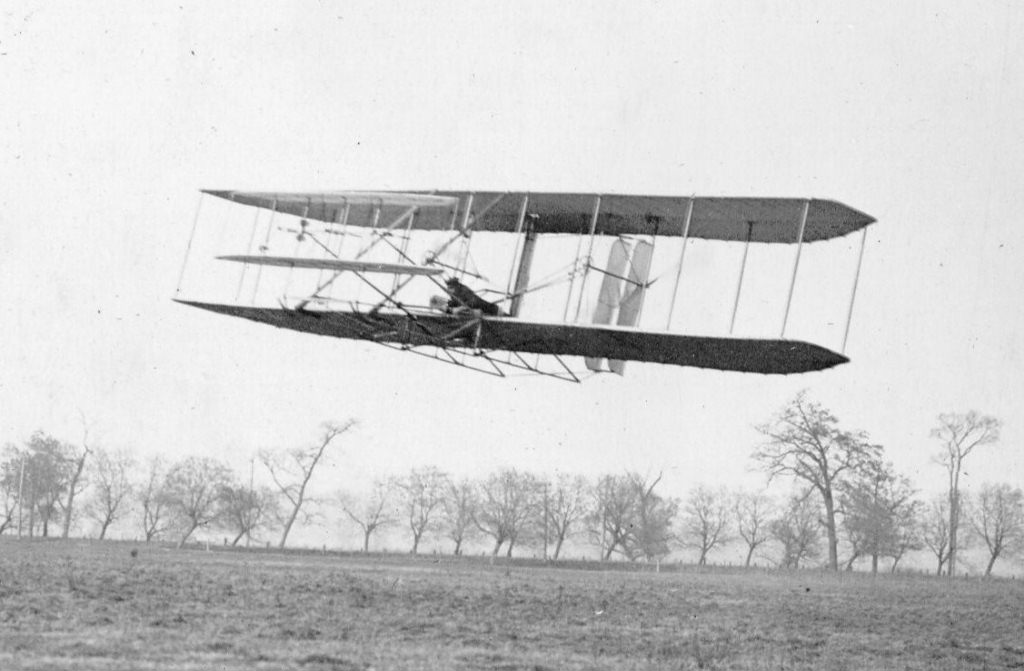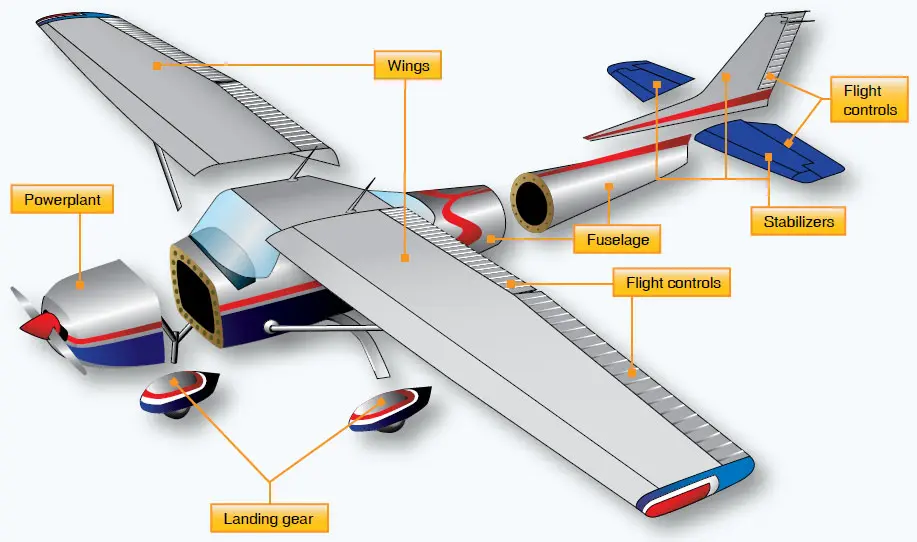
Although numerous gliders and other flying machines had been constructed before, the "first sustained and controlled heavier-than-air powered flight" according to the FAI was carried out by the Wright Brothers in 1903, and the first airplane flight without a catapult launch was conducted by Alberto Santos-Dumont in 1906. Aviators would go on to set records throughout the 20th century as they crossed the English Channel, flew the Atlantic, or broke the sound barrier, and the military value of airplanes became apparent through the World Wars. More info

Airplanes work by using wings in order to generate upward pressure of air, known in the case of aviation as lift. Airplane wings are designed to make the air above them move faster than the air below them, which decreases downward pressure on the wings and therefore allows the upward pressure to carry the craft into the sky. In order to achieve this, airplanes require rapid forward movement, known as thrust, which is generated by devices such as propellers, rockets, jet engines, etc. Read more

An airplane is made up of numerous parts, with its base being the airframe. The airframe is comprised of wings, a fuselage, which is the body of the plane, vertical and horizontal stabilisers, which exist on the plane's tail, and landing gear, which are the wheels a plane uses to land or gain enough thrust to take off the runway. Click here